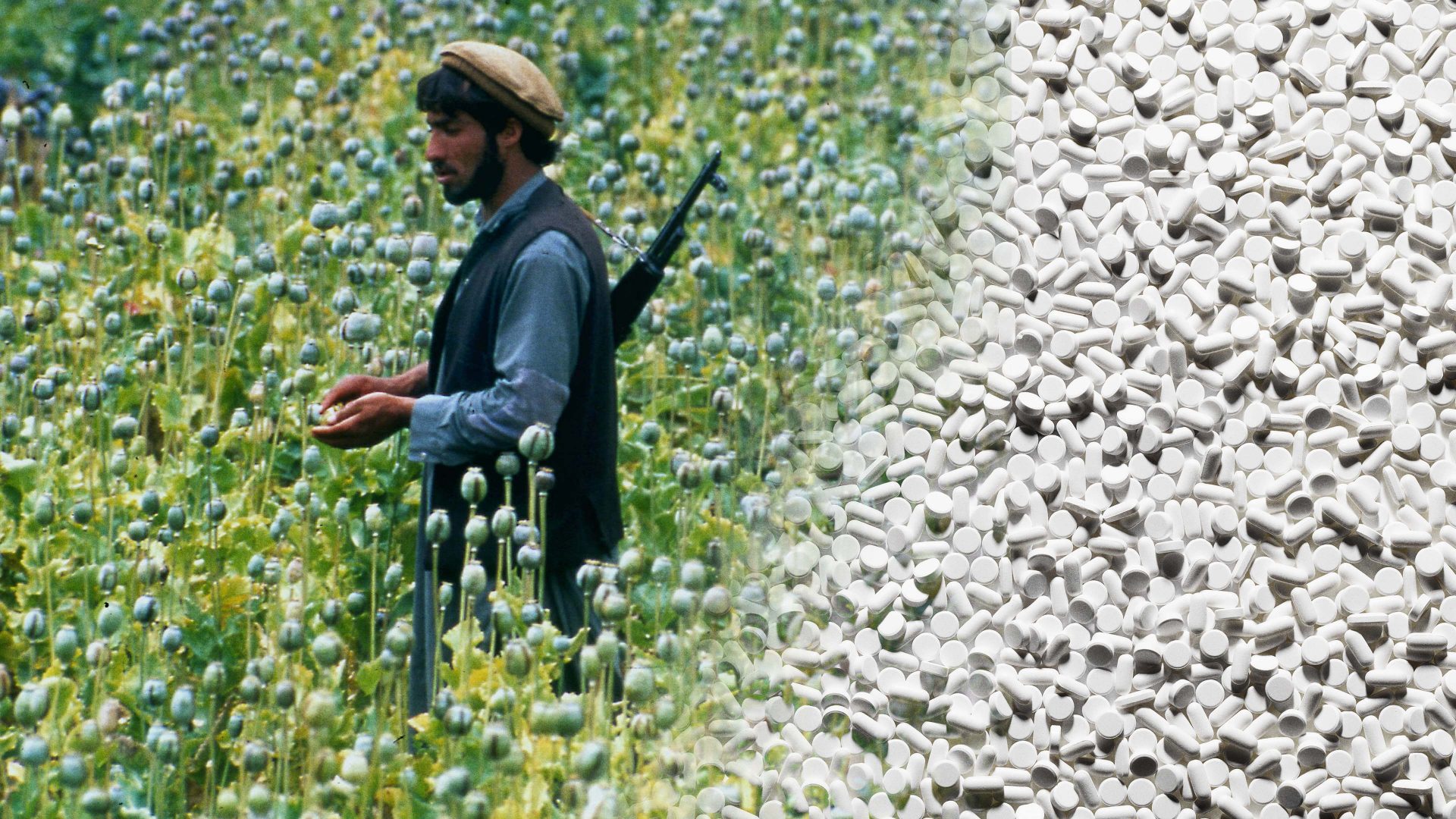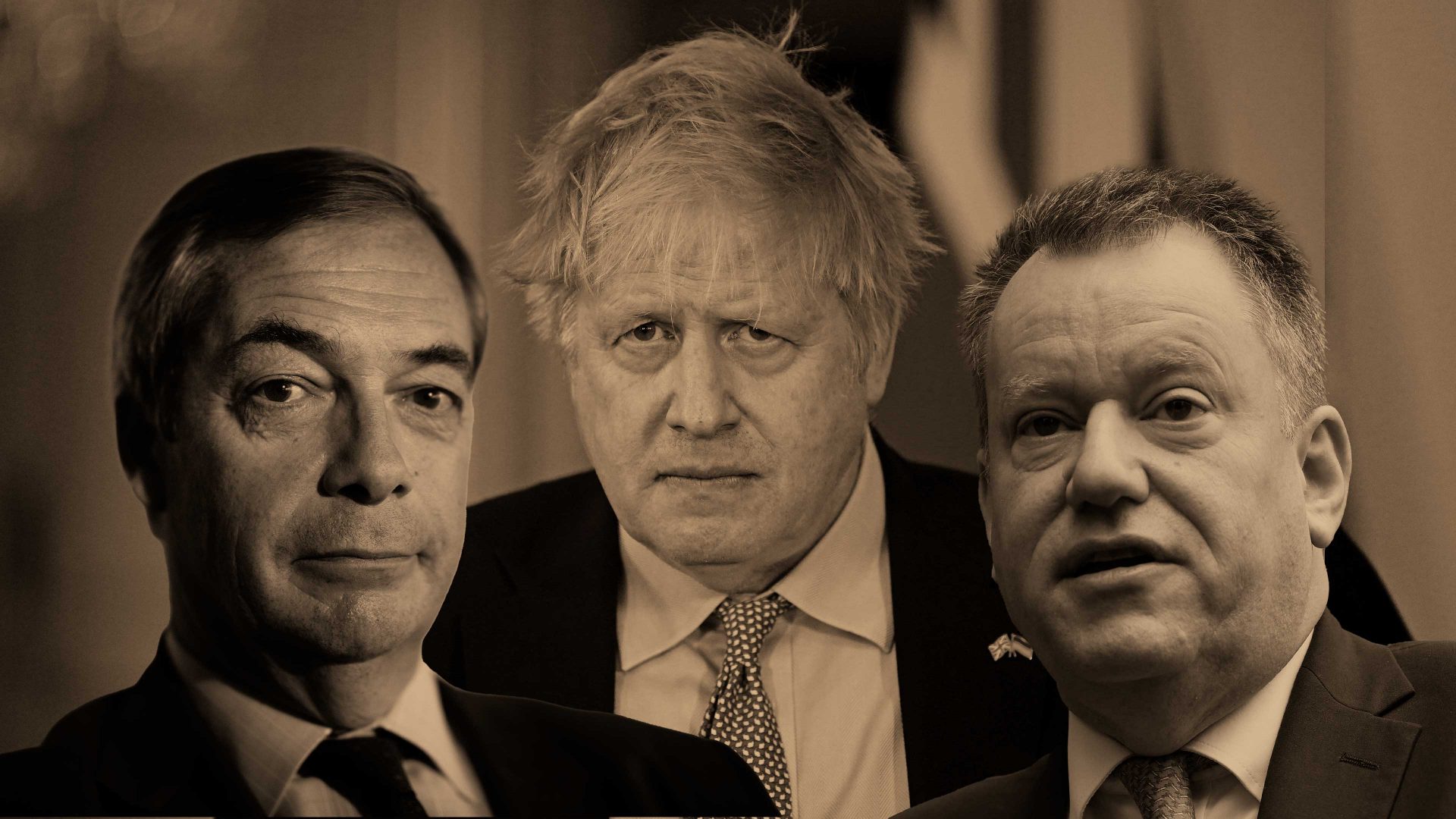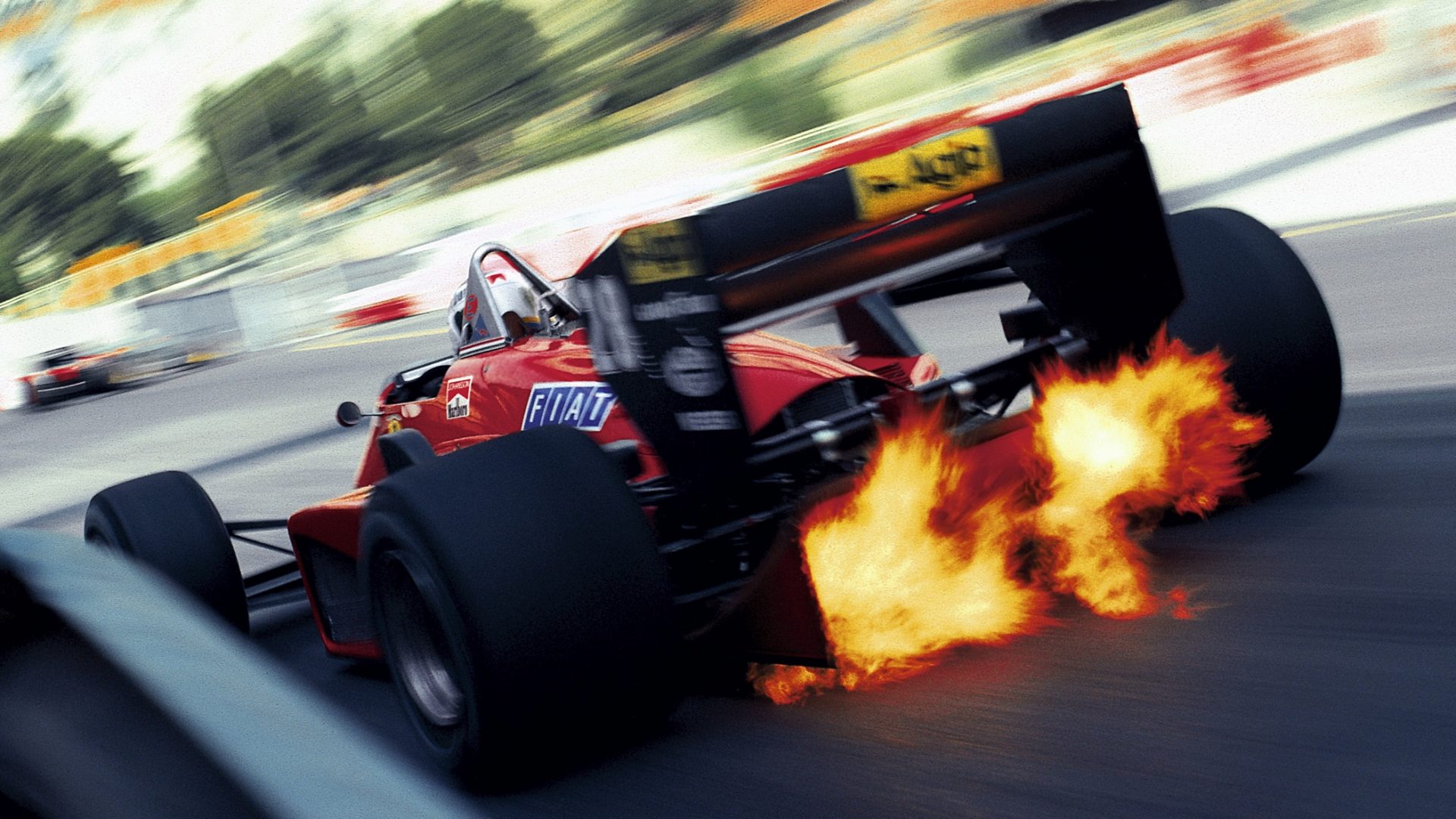In April 2022, the Taliban’s supreme leader, Haibatullah Arkhunzada, announced a ban on the production of drugs, which have earned the terrorist-led group billions of dollars and financed their ultimately successful 20-year war to overthrow Afghanistan’s western-backed government. During that time, the Taliban cornered the global market for heroin and transitioned into methamphetamine, which they also export worldwide.
The ban has reportedly led to a drastic reduction across Afghanistan in the planting of poppy flowers, which produce opium, the raw material for heroin. Satellite imagery is also said to show that many centres of meth production have fallen quiet. Local sources in the major growing regions in Helmand and Kandahar provinces, in the south, also confirm huge opium price rises since the announcement of the ban.
Approving reports in the media have shown stick-wielding squadrons of Taliban enforcers destroying poppy fields, apparently achieving overnight what multi-billion-dollar Western counter-narcotics programs could not in 20 years. What hasn’t been explained is why the Taliban has done this.
One possible outcome from this is a new wave of illegal migration, as Afghanistan’s destitute poppy farmers head west in search of alternative income. It also raises the possibility that, if Afghan heroin vanishes, it could leave the way open for Chinese or Mexican fentanyl producers to sweep into Europe. Current EU figures show the continent already has a million high-risk opioid users. Could the Taliban heroin ban leave Europe with an even worse drug problem?
The Taliban have spent decades building a global monopoly on heroin, dominating the $55-billion-a-year market with almost 100 percent of production. Massive stockpiles of raw opium mean that “Made In Afghanistan” heroin isn’t likely to run out any time soon, though the perception of looming shortages, after the ban announcement, is pushing prices to the stratosphere.
By announcing a ban, the Taliban are trying to boost their diplomatic credentials. Despite egregious human rights abuses since taking over, banning women from education, work or leaving their homes, clamping down on the media, torturing and sometimes killing opponents, stealing international aid, and lying about links to terrorism, the Taliban leadership still want legitimacy.
The Taliban’s drugs empire bankrolls terrorist and jihadist groups, including Al Qaeda, the TTP Pakistani Taliban, the anti-China East Turkestan Islamic Movement, the Haqqani network headed by the Taliban’s interior minister Sirajuddin Haqqani, and many others. Dr. G. Shreekmar Menon, an Indian counter-narcotics expert, says these groups “meet their operating expenses from the illicit cultivation, production and trafficking of heroin.”
Drugs profits are used “to recruit and pay cadres, acquire weapons and equipment, and bribe officials,” he said. With few alternative income sources, and none so lucrative as the drug trade, the Taliban will “further increase the cultivation of poppies, and manufacture of heroin and meth in the drought-ridden country to keep itself in power and relevance,” he said.
Hans-Jakob Schindler, senior director of the Berlin-based Counter Terrorism Project and an expert on Afghanistan, has seen it all before. Last time the Taliban were in power, from 1996-2001, they curtailed poppy production for the 2000-01 season. Heroin prices soared. Then, when the Taliban were pushed out of power after 9/11, they needed cash to fund their insurgency. In an unequivocal demonstration of their control over the drugs trade, they went back into the opium business.
The recent ban has had a similar impact on prices. Before the collapse of the republic, on August 15, 2021, a kilogram of opium on the open market in southern Helmand province was getting around 30,000 Pakistani rupees, or about US$100. (Opium is priced in Pakistani rupees). Prices in the southern markets are now running upwards of 520,000 rupees per kilo.
Afghanistan’s illicit opiate economy accounts for up to 14 per cent of total gross domestic product, far outstripping legal exports which in 2020 accounted for nine percent of GDP.
“There has not been, in history, a Taliban without drugs – not one day,” Schindler said. “We don’t know what the motive is, we have to wait for future satellite pictures to see if this is a country-wide operation, and they really have ended production.” Schindler sees the ban as a “price stabilisation measure” following record harvests that in recent years suppressed heroin prices.
Rather than rely on a ban that is unlikely to last, Schindler says European governments should use existing mechanisms to target the source of the scourge. They should enhance cooperation with other governments on issues such as financial transparency, anti-money laundering and counter-terrorism financing.
“What the European governments could and should do is to use the Financial Action Task Force (FATF) – and in particular, its regional body, Middle East North Africa FATF – to work with the Gulf states, in particular the United Arab Emirates to enhance financial transparency in these jurisdictions,” he said. “Greater financial transparency and more focus in the Gulf on drug proceeds coming out of Afghanistan would make the life of any Afghan drug dealer, in particular the Taliban, much more difficult.”
The Taliban have traditionally funnelled their drug profits into jurisdictions where they can be actively invested, with the UAE being the first stop for their money, he said. “Greater European cooperation and support for anti-money laundering operations in the Gulf, focused on drug money coming out of Afghanistan, would disrupt this trade.”
EU countries had 20 years to tackle the problem at the source, but failed to do so, he said. The focus now should be on the home front. “As far as the drugs themselves are concerned, demand reduction through good drug policies is the primary thing that is left to do,” he said.
Mirwais Khan, a journalist from Kandahar who now lives in the UK, said few farmers, or mid-level Taliban commanders who control local markets, are willing to discuss current prices, as that could give the game away. “The Taliban control everything with their weapons – there is no rule of law and every Talib is police, attorney general and judge all at once,” Khan said. “No one knows how long this ban will continue, but I am sure that once the market is empty of drugs, and with the prices rising as they are, the Taliban will allow cultivation again.”
Few who understand the importance of opium to the Taliban, Afghanistan’s farmers, or the global criminal underworld would disagree. The ban did not apply to the 2022 harvest, allowing farmers and drug bosses to plan ahead.
The ban doesn’t appear to have come with plans for developing alternative agricultural markets. The Taliban lack technical expertise for dealing with the country’s most basic needs, such as water to irrigate drought-parched cropland. Their administration is believed to be generating revenues of around $2 billion a year, similar to the republic they toppled, but no one knows where it goes. The economy is in shreds, people are hungry, there is no work, and no foreign investment.
The UN Office on Drugs and Crime (UNODC), which until the Taliban’s return was a credible source of information on Afghanistan’s opium production, estimated the 2022 poppy crop was up 30 per cent. Despite a 10 per cent drop in yield, it produced around 6,200 tonnes of raw opium, enough to process 580 tonnes of export-quality heroin.
Global heroin consumption is around 340 tonnes a year; about 100 tonnes is seized as contraband. On top of Afghanistan’s output, another 50 tonnes of heroin is produced in Southeast Asia’s Golden Triangle. Afghanistan’s own domestic consumption is about five tonnes a year. Which leaves significant excess for stockpiling. The UNODC estimated, in 2009, Afghanistan’s stockpile at 12,000 tonnes.
As it takes around 18 months for Afghan opium to reach heroin customers on the streets of Europe and worldwide, there are still many years of supply in the pipeline before any shortages start to bite.
In the short term, the only real beneficiaries of the ban are the Taliban themselves, said Afghan researcher Qayoom Suroush. “But if the ban lasts more than a year or two, it would destabilise everything the Taliban have built for themselves over the past two decades, and threaten their tenuous hold on power,” he said. “The ban is of great benefit to the drugs economy, as prices have gone up hugely. But, of course, not for the farmers, as they go into debt because they are paid in advance.”
Taliban control over the farmers is absolute and enforced with violence. As the international community tried to eradicate poppy by offering free access to alternatives like wheat or saffron, the Taliban would often kill farmers who dared move out of opium. Poppy growers were provided with inputs, like seeds and fertiliser, and advanced cash on projected opium yield. As loans exceeded yield, farmers’ debts grew, and they were forced to work off what they owed by fighting for the insurgency.
The Taliban weren’t the only drugs gang: politicians and their families, police and army, and businessmen were also involved. But the Taliban took a cut from everyone, as they controlled the roads and transport. At harvest time, violence would spike as the opium was collected and trucked across the border to processing laboratories in Pakistan.
Eventually, the Taliban brought the processing in-house, building hundreds of labs across the country. They invested in real estate and stock markets to hide and grow their billions and established relationships with organised crime gangs worldwide.
Having monopolised heroin, they turned to methamphetamine. The raw material, ephedra, is native to Afghanistan and grows wild. Processing is cheap and simple, and the returns are huge, much higher than heroin. UNODC sources have described how the Taliban seeded markets by including meth with heroin deliveries.
One UNODC official, who spoke on condition that he not be identified, said he expects the Taliban to ramp up meth production in coming years, and predicted a worldwide epidemic of meth addiction.
“My personal view on the future for the country is that it will drop further and further into being a narco state and at some point in the not too distant future someone will start to use it for the manufacture of fentanyl,” the source said. “There are open-source videos from Mexico that show that this can be achieved without the need for highly technical equipment.”
“This will be a natural progression for the drugs trade in Afghanistan.”



